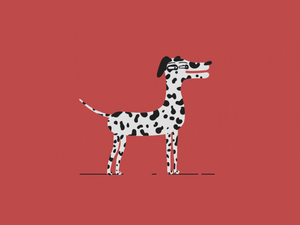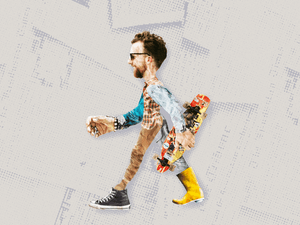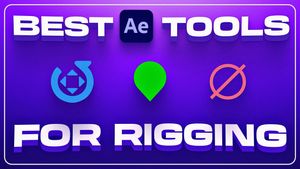Jake just released the rigging video I wish existed 10 years ago. It's about using the Puppet Tool on top of Rubberhose but the concepts here might change how you conceptualize animation as a craft.
Wait, I'm supposed to believe that my perception of reality will expand after watching a video?
Maybe not everything, but a key takeaway is that rigging, by definition, is:
- the creation of helper layers
- to transform multiple elements in coordination
In order to:
- simplifying the interface
- and give the animator only what they need to create a great performance
It's easy to look at a rig and all the layers that make it work and get overwhelmed. The reason this tutorial is so powerful, is how it goes beyond tips and tricks and explores a conceptual framework of building your own custom solution to animate and make your job simpler –even if it takes some setup.
At Battle Axe, we are all about simple. So take some time to watch. It's a gift to your future self, even if you aren't rigging a character.
A strained history with pins
Rubberhose v1 was designed to be one introverted man's alternative to the rigidity of IK rigs. It was an experiment that began as a bendy line, and in v2 we added two new ways to connect art created in other apps.
The first RubberPin worked in a few situations (like adding tattoos or texture to a hose), but it mostly broke and looked unpolished. Because it often let us down, we actually shipped Rubberhose 3 without RubberPin.
remember this hack?
The reason RubberPin made a return was simply because Jake got curious if it was possible. Sometimes an idea takes time to bake. And sometimes you have to get curious about combining things in new ways.
ICYMI: RubberRig training
Interested in rigging cutout photos or more non-shapeLayers? Be sure to check out the last tutorial on on RubberRig. Between all three system in Rubberhose, you can rig just about anything, all using the same intuitive interface.
Photo of Twig the wolf






